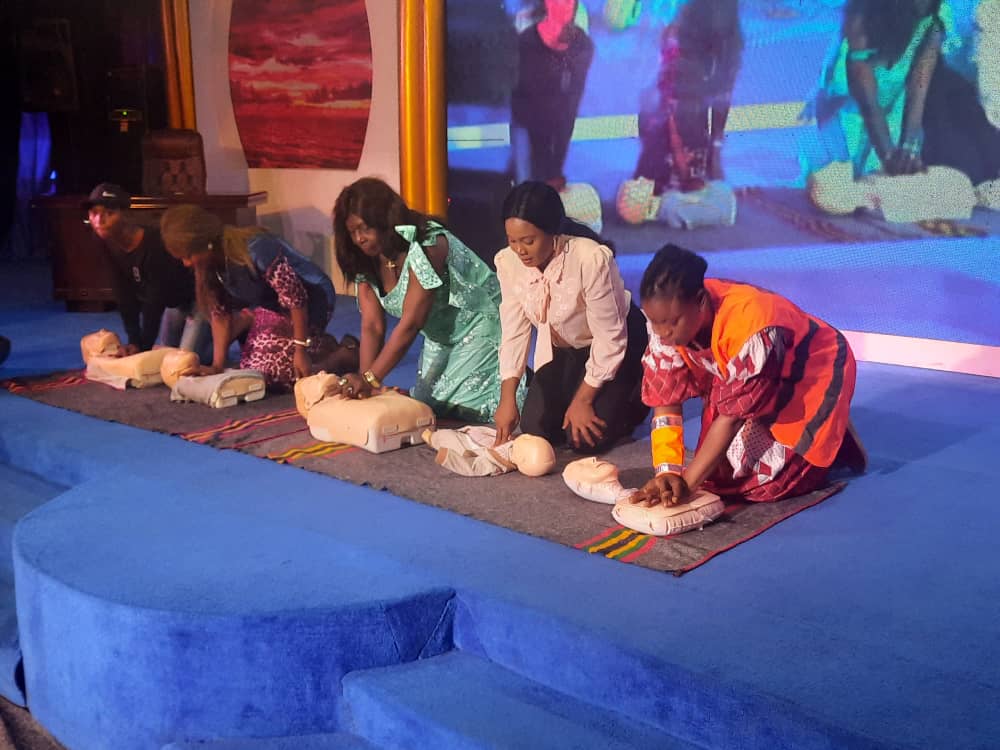Imagine witnessing someone suddenly collapse in front of you, struggling for breath, and their heartbeat fading. In such a critical moment, every second counts. Knowing CPR can maintain blood flow and oxygenation to vital organs, increasing the chances of survival until professional help arrives.
The Basics of CPR: A Life-Saving Technique
Cardiopulmonary Resuscitation (CPR) is a crucial emergency procedure that combines chest compressions and rescue breaths to maintain blood circulation and oxygenation in a person who has suffered cardiac arrest. Performing CPR promptly can significantly improve the chances of survival until medical help arrives. The standard CPR technique involves a cycle of 30 chest compressions followed by 2 rescue breaths, repeated continuously until professional help arrives.
The Science Behind 30:2 Ratio
The 30:2 compression-to-ventilation ratio is based on scientific research and studies that have shown its effectiveness in circulating oxygenated blood throughout the body. The compressions help pump oxygenated blood to vital organs, while the rescue breaths supply much-needed oxygen to the lungs. This balanced approach optimizes the chances of restoring a person's natural heartbeat and breathing.
Step-by-Step Guide to Performing CPR
- Assess the Scene: Ensure the area is safe before approaching the individual.
- Check Responsiveness: Shake the person gently and ask if they are okay.
- Call for Help: If the person is unresponsive, call emergency services immediately.
- Open the Airway:Perform head tilt chin lift maneuver
- Check for Breathing:Look for no breathing or only gasping and check the pulse.
- Begin Chest Compressions: Kneel beside the person and place the heel of one hand on the center of the chest.
- Administer Rescue Breaths: Pinch the person's nose and make a complete seal over their mouth to deliver two rescue breaths.
- Continue CPR: Perform cycles of 30 chest compressions and 2 rescue breaths until help arrives.
Conclusion: Be Prepared to Save a Life
Being equipped with the knowledge and skills to perform CPR can make you a crucial link in the chain of survival. Remember, quick and effective action during a cardiac emergency can make all the difference. By understanding the science behind giving 30 chest compressions and 2 rescue breaths, you can be prepared to step in and potentially save a life when every second counts.
For more information;
Call: 0808 678 3416 or 0808 584 9338





What do you think?
0 Responses
To Comment, you must Sign In
Be the First to Post on this Topic